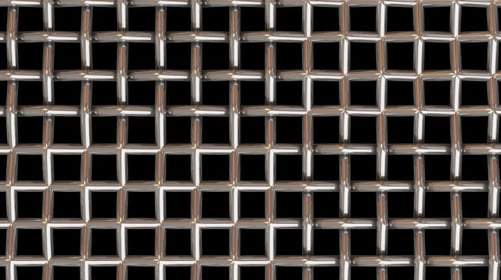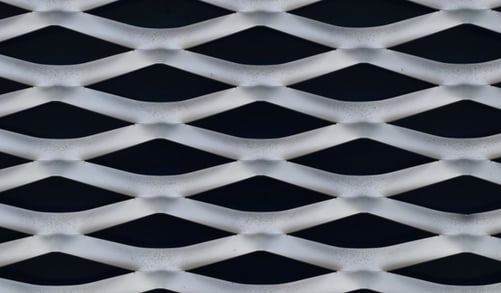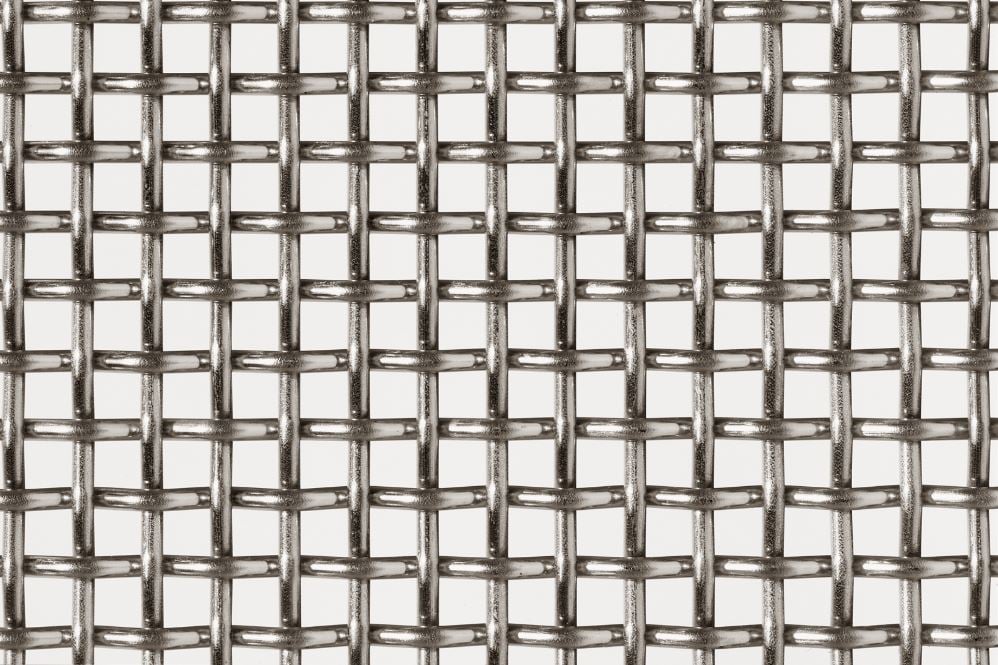Molded Fiber Screening Media: Woven Wire Mesh vs Expanded Wire Mesh
With organizations all over the globe looking to do their part in creating a better world for tomorrow, we are seeing a dramatic influx in demand for molded pulp fiber packaging. From straws to the packing used to deliver our favorite electronics, molded pulp fiber is revolutionizing everyday life by reducing the amount of single-use plastics.
Naturally, manufacturers that produce molded pulp fiber packaging must seek to build a process that results in packaging consumers will find desirable. This involves incorporating screen media, such as woven wire mesh and expanded wire mesh, fine-tuning the specifications used along the way.
W.S. Tyler has been in the wire weaving industry for over 150 years and has developed a good understanding of how the versatile material relates to the potential options you may be considering. We strive to share this knowledge in an effort to better prepare you to engage the market and make decisions that improve the way you do things.
With that, we wrote the following article to establish the key differences between woven wire mesh and expanded wire mesh. You will learn:
- The definition of woven wire mesh
- The benefits of woven wire mesh
- The definition of expanded wire mesh
- The benefits of expanded wire mesh
- Determining which screening is right for your needs
What Is Woven Wire Mesh?

One of the most widely used screening materials in the pulp and paper industry, woven wire mesh, or wire mesh for short, is comprised of individual metallic wires that are interwoven to form a specific weave pattern. Weaving looms, designed to handle various alloys, ensure that each weave features precise and rigid pore openings.
What Are the Benefits of Woven Wire Mesh?
One of the more beneficial qualities of woven wire mesh is its precise pore openings. As the precision of these openings can be tailored to your exact, fiber retention can be based on factors such as size and shape.
In other words, the precise opening of woven wire mesh helps the material deliver optimal solid-liquid separation. This includes the removal of unwanted particles throughout the suspended fibers.
Read the article below to gain a comprehensive understanding of the impact of mesh count when wire mesh is applied to the pulp and paper industry:
Additionally, the individual wires of wire mesh are oriented in a way that limits the amount of closed-off surface area. Instead, it is considered an open product, allowing maximum throughput.
This, alongside the durability of the metallic constructions of wire mesh, allows your pulper to run more efficiently with minimal downtime.
What Is Expanded Wire Mesh?

Expanded wire mesh is a screening media fabricated by making a designated number of slits in a piece of sheet and stretching (expanding) the metal to create diamond-shaped pore openings. The structured positioning of these openings all the material to deliver adequate water drainage while remaining highly durable.
What Are the Benefits of Expanded Wire Mesh?
Expanded wire mesh is predominantly used for its durability. While not as durable as similar materials like perforated plate, expanded wire mesh features the durability to withstand rigorous vacuum loads, extending the time frames between screen replacements.
To that end, expanded wire mesh can be used in place of perforated plate when finer pore openings are required to achieve the desired finish. It can also be used to form more detailed molds than what can be achieved with perforated plate.
Woven Wire Mesh vs. Expanded Wire Mesh: Which Material Should I Be Using?
Naturally, the material you use to fabricate your molds depends on the needs of your operations. Factors such as desired finish, characteristics of the pulp slurry, fillers used, and the requirements of your pulper should be taken into consideration.
When comparing wire mesh to expanded wire mesh specifically, it is important to note that wire mesh is more easily formed than expanded wire. As a result, wire mesh is better suited for applications that call for complex, highly detailed molds.
But expanded wire mesh lacks this pliability as it is designed to provide durability superior to woven wire mesh. So much so that it is known to withstand most pulp and fiber manufacturing processes much longer.
Furthermore, the thin wires used to weave wire mesh allows the material to achieve finer pore openings than expanded wire. That said, as handling the surplus of wires when setting up and running the weaving looms is labor-intensive, wire mesh tends to be more expensive than expanded wire mesh.
These factors work in conjunction to make woven wire mesh ideal for forming molded pulp fiber packaging and expanded wire mesh ideal for drying molded pulp fiber packaging. Having said this, the two materials can be used interchangeably when or if your process allows.
Choose a Suitable Alloy To Bring Your Pulp Fiber Molds to Perfection
There is a handful of screening solutions that can be used when fabricating the molds used to form molded pulp fiber packaging. Woven wire mesh and expanded wire mesh, for example, are two screening media that demonstrate that there is a solution out there for you.
Woven wire mesh is typically used when forming molds that feature complex profiles and rely on fine, precise specifications. Expanded wire mesh, on the other hand, is most often reserved for the drying stages as it allows for excellent drainage throughput while allowing for adequate heat distribution, ensuring a uniform dry.
It is important that you understand that selecting the screening media for your molds is one piece of the puzzle. You must also work out factors like what alloy to use to ensure your molds can withstand your process.
With over 150 years of wire weaving experience, W.S. Tyler strives to help support your endeavors by sharing the experiences we’ve had over the years to put you in a position to best identify a solution right for you.
Read the article linked below to gain insight into the primary alloys used in the pulp and paper industry and which one(s) you should consider:
About Ronnie Brown
Ronnie is the Content Writer for W.S. Tyler and has four years of experience as a professional writer. He strives to expand his knowledge on all things particle analysis and woven wire mesh to leverage his exceptional writing and graphic design skills, creating a one-of-a-kind experience for customers.




